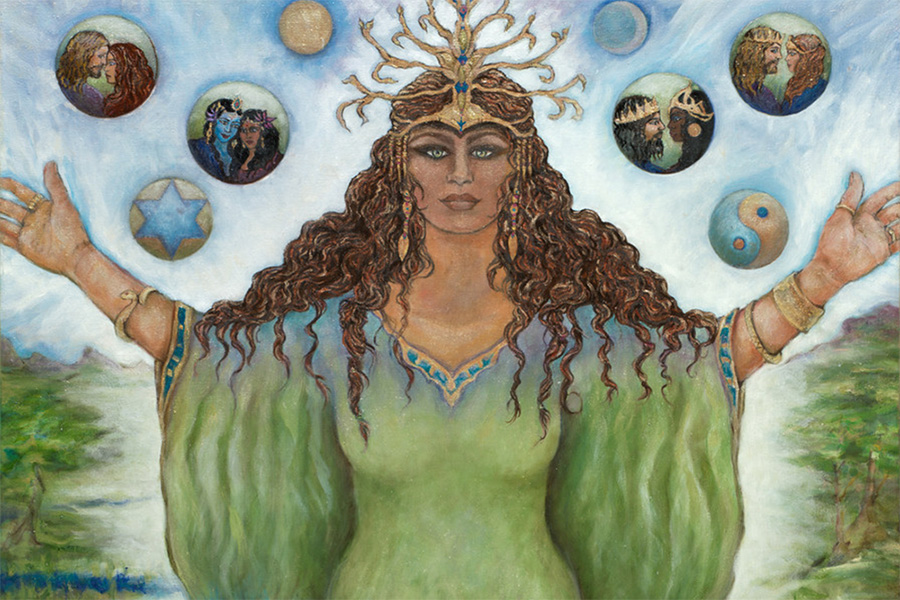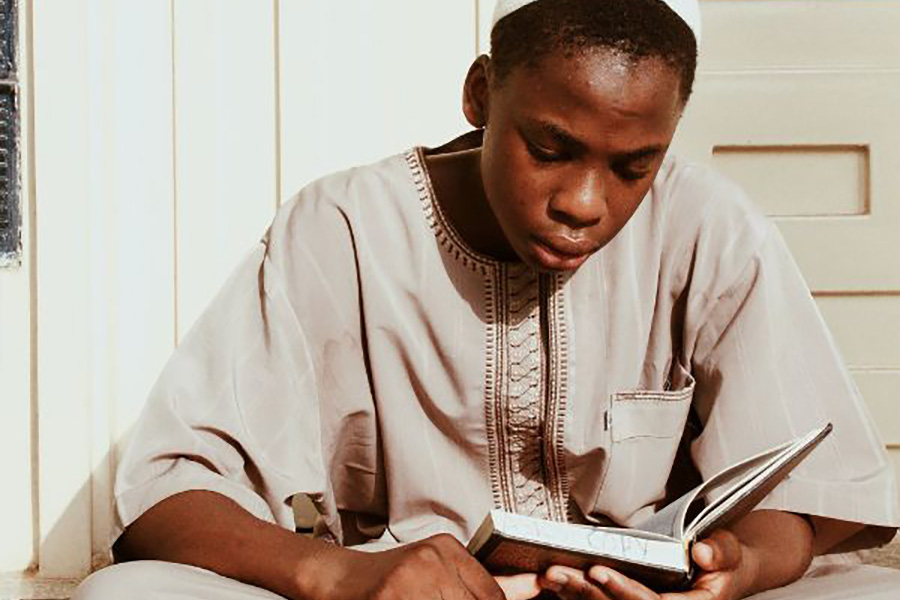« Back to Glossary Index
Categories: Divine, Environment
Synonyms:
𐤀𐤔𐤓𐤄, ašarah, Asherah, I Who Guides
The word Asharah (𐤀𐤔𐤓𐤄) means “I Who Guides” and is the first-person proper name of the speculated wife of Ahayah.
Extended Study for 𐤀𐤔𐤓𐤄 (asharah)
To read the study guide entry that elaborates on 𐤀𐤔𐤓𐤄 (asharah) then join our Extended Study Membership at https://www.paleohebrewdictionary.org/extended or use phdict.org/extended to share a short link with others.





